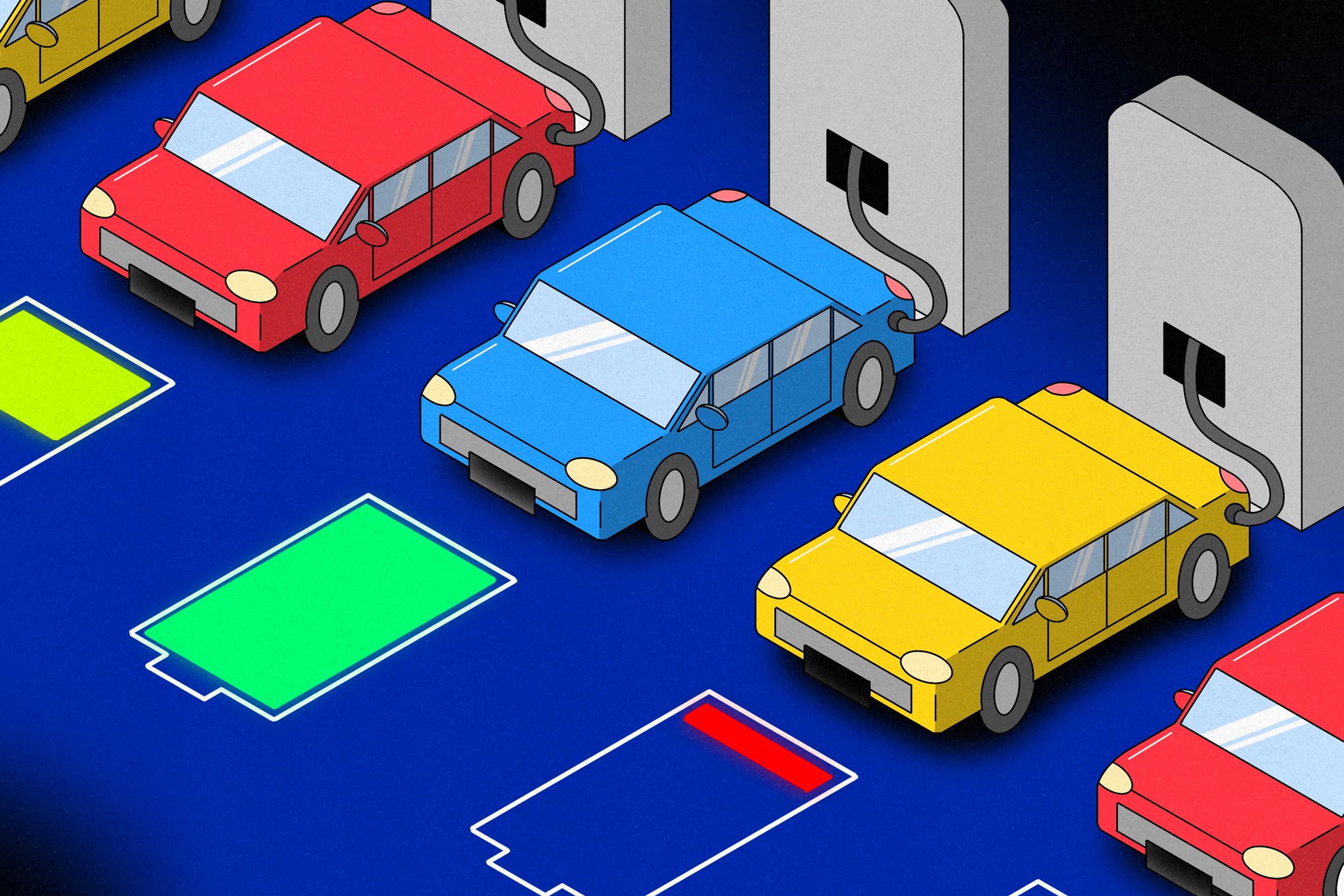General Motors’ recent announcement of three new EV charging adapters highlights a confusing reality in the electric vehicle market. While GM’s adoption of Tesla’s North American Charging Standard (NACS) was intended to streamline charging, the transition has resulted in a proliferation of adapters, leaving both current and prospective EV owners grappling with a complex charging landscape. This article delves into the current state of EV charging, the implications of GM’s adapter strategy, and what this means for the future of EV adoption.
The situation is particularly perplexing for those unfamiliar with the intricacies of EV charging. The sheer number of adapters needed to ensure compatibility across various charging stations and levels of charging power is daunting, even for seasoned EV owners. This complexity casts a shadow over the broader goal of encouraging widespread EV adoption, posing a significant hurdle for those considering making the switch.
The move to NACS has been lauded by many as a necessary step towards standardization, given Tesla’s superior Supercharger network. However, the phased implementation, with automakers gradually integrating NACS ports into their vehicles, has created a transitional period marked by the need for numerous adapters. This temporary solution, though intended to bridge the gap, adds a layer of complexity that could easily deter potential buyers.
The Adapter Conundrum: A Breakdown
Currently, GM offers CCS-to-NACS adapters for fast charging. The new additions include NACS-to-J1772 (Level 2 charging), and future additions will include J1772-to-NACS and more CCS-to-NACS adapters for use once vehicles with native NACS ports are released. This means that depending on the year and model of the EV, and the type of charging station, a driver could find themselves needing multiple adapters simply to charge their vehicle.
Slow Adoption of NACS Ports
The transition to NACS is progressing slower than anticipated. While the 2025 Hyundai Ioniq 5 was the first non-Tesla EV with a native NACS port, other manufacturers are still catching up. GM’s first vehicle with a built-in NACS port, the Cadillac Optiq-V, is not expected until later this year, highlighting the challenges involved in integrating the new standard into existing production lines. This slow rollout further exacerbates the need for adapters, prolonging the period of charging complexity.
The Impact on EV Adoption
The current situation raises serious concerns about the wider adoption of electric vehicles. The confusing array of adapters, coupled with other existing challenges in the EV charging infrastructure—such as varying charging speeds, non-standardized plug types, and a lack of price transparency—presents a significant barrier to entry for potential EV buyers. This added complexity is particularly concerning for those less tech-savvy, potentially hindering broader market penetration.
The Path Forward
While the increased availability of adapters offers some flexibility, the long-term solution lies in a more rapid and widespread adoption of NACS ports in new EVs. A smoother transition, along with improved communication and standardization across the charging infrastructure, is essential to address consumer confusion and make the EV experience more user-friendly. The industry needs to prioritize simplifying the charging process to dispel any concerns and fully embrace the potential of electric vehicles.
In conclusion, GM’s adapter strategy, while well-intentioned, underscores the challenges inherent in the transition to standardized EV charging. The current complexity is a significant obstacle for potential EV buyers. A faster transition to built-in NACS ports coupled with clearer communication strategies and improvements to the overall EV charging experience are crucial steps to ensure that the transition to electric vehicles is seamless and accessible for everyone, not just the tech-savvy early adopters. The future of widespread EV adoption hinges on overcoming this current adapter-filled hurdle.

